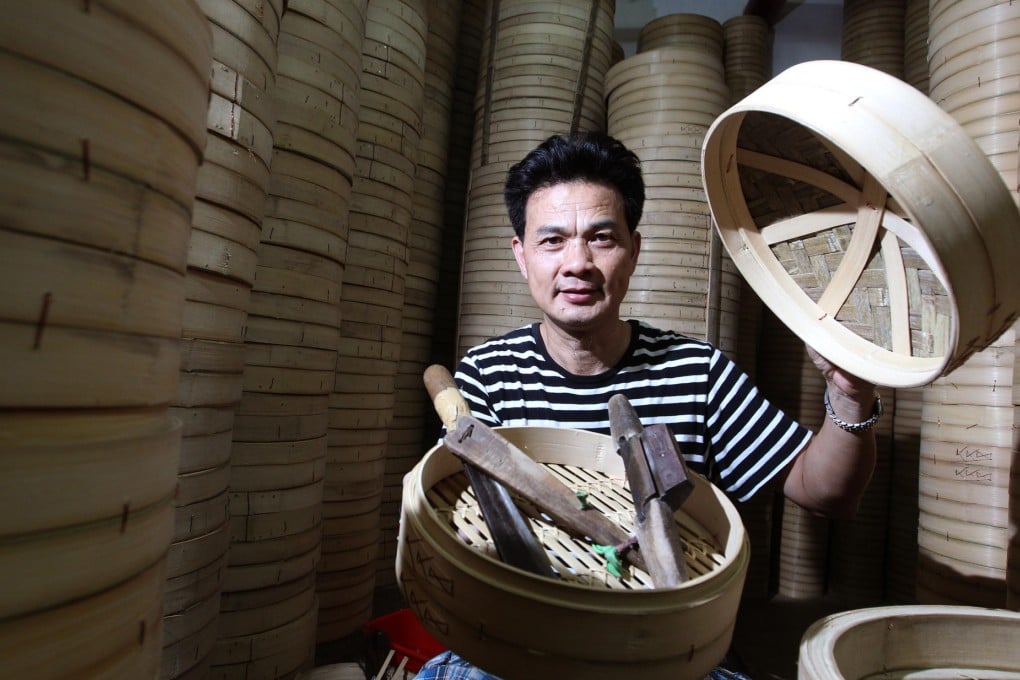Humble bamboo basket takes a cha siu bow
Dim sum is starting to be served up in silicone steamers. One family of basket makers argues it's best to stick to tradition

The bamboo steamers in which dim sum is served in Chinese restaurants across the city are hardly mere cookware - they're an essential part of the Hong Kong story.

The family's Sum Hing Kee Bamboo Steamer Company is one of the few remaining businesses in the city still supplying the distinctive round items that serve as both cooking utensil and serving dish.
While owner To Wai-pan gets most of his products made across the border because of lower costs there and a lack of artisans in Hong Kong, he still gets special orders which require him to make the steamers by hand and he also repairs damaged ones.
Bamboo may face rivalry from new materials such as silicone, but To, whose family has been making steamers for 100 years, still swears by bamboo.
"If you pay attention to the taste, bamboo steamers give a unique smell and flavour to the food," he said.
His shop looks as though it was plucked from an old Hong Kong movie set, with steamers of all sizes piled up to the ceiling.